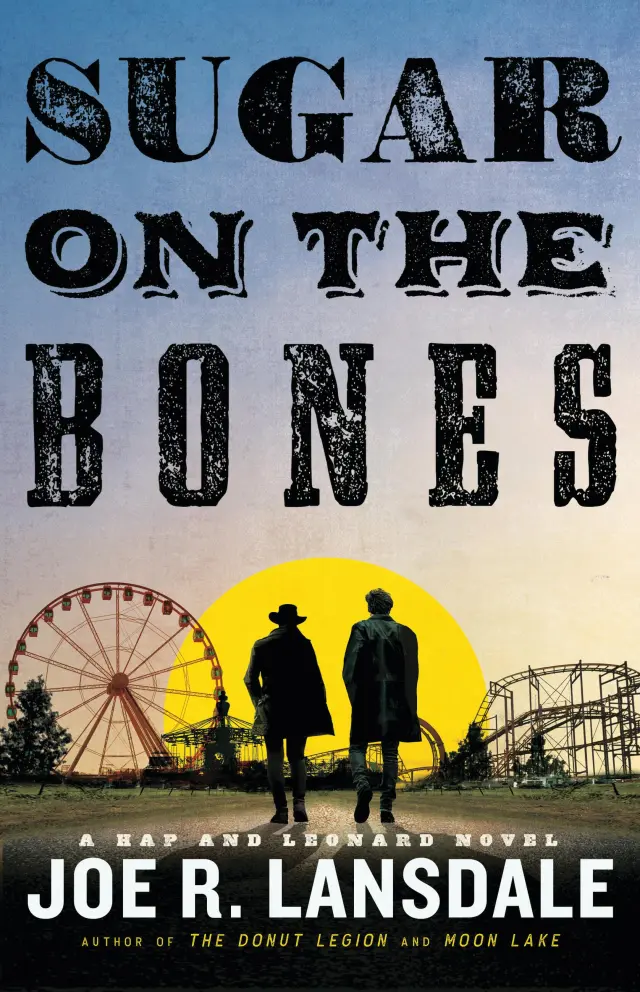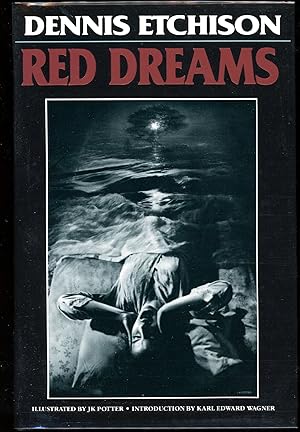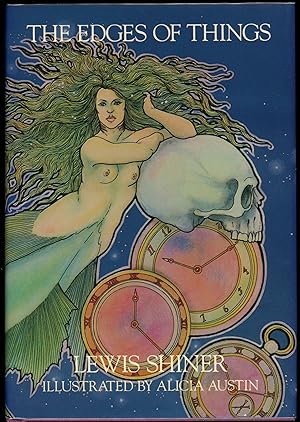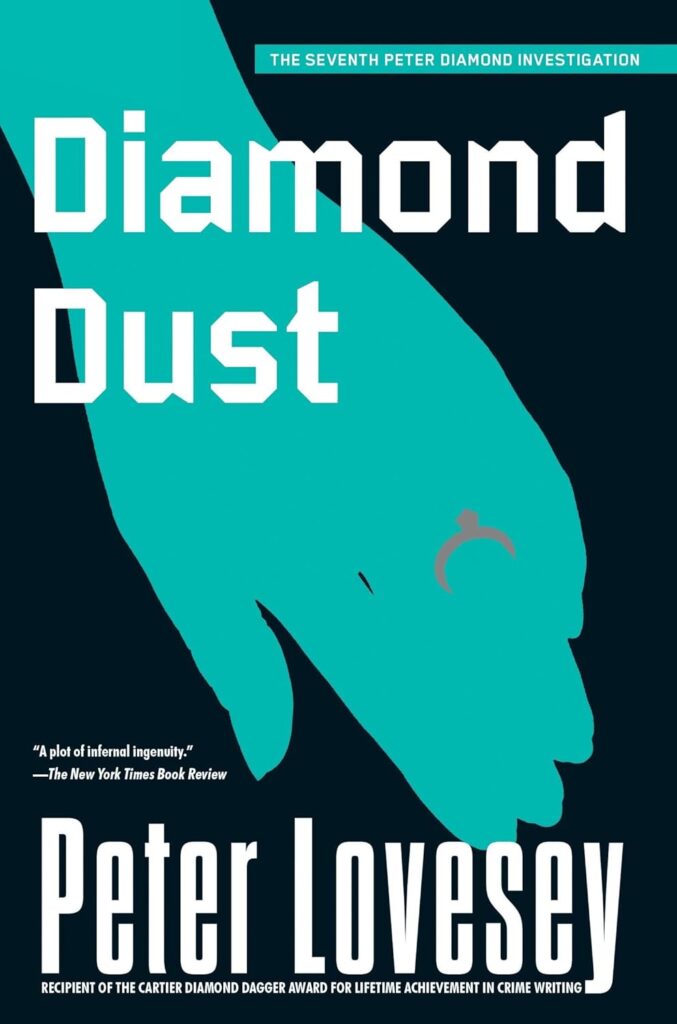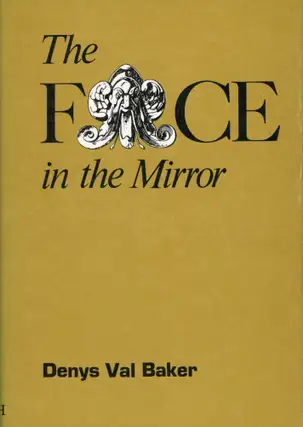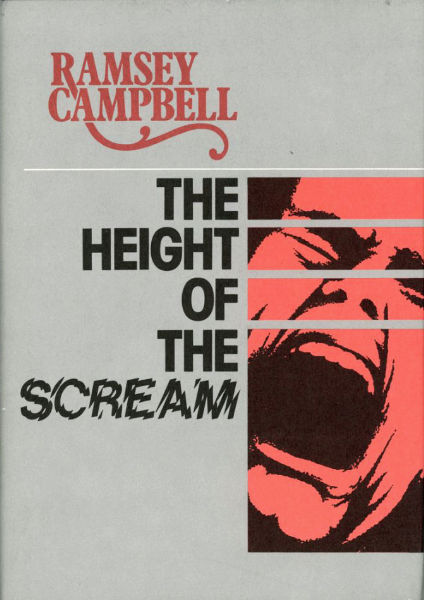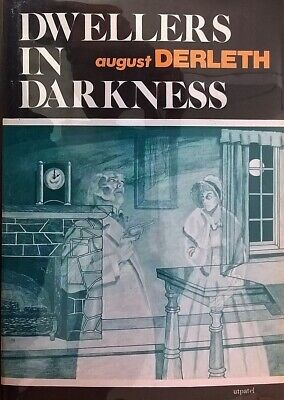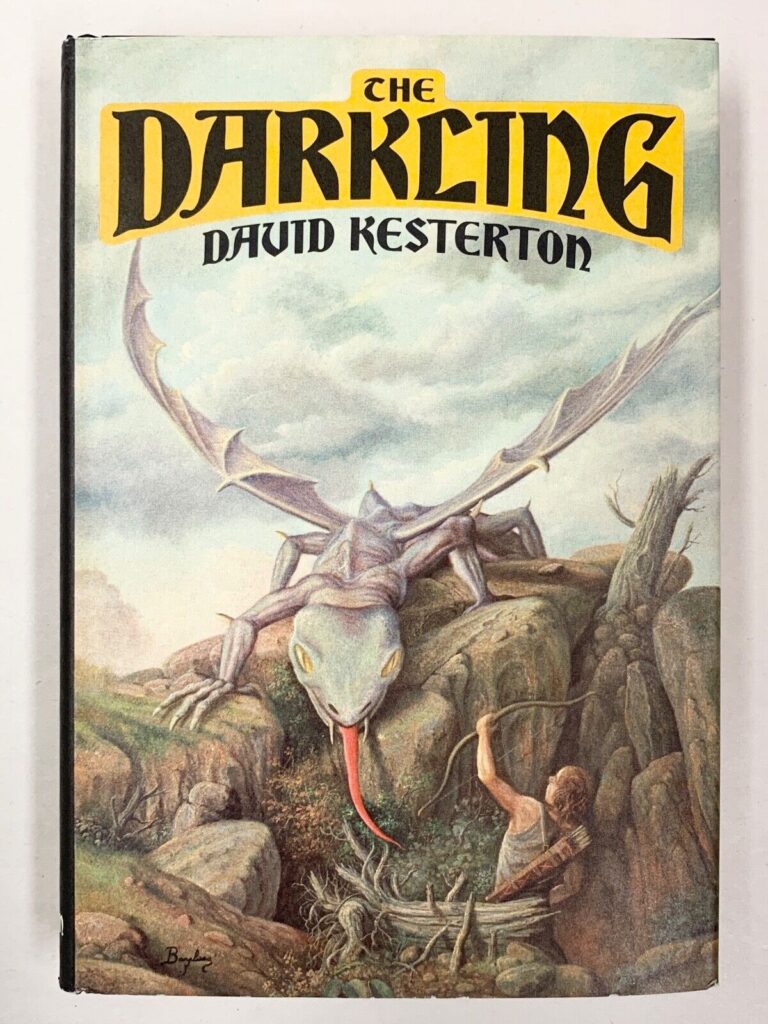The first full marathon I ever ran was the Austin Marathon, back in February 2011. I finished under four hours, despite hitting the wall relatively early, perhaps around mile 16. I ran three more marathons after Austin, each time pushing that mental and physical wall out a little further. Injuries have halted my marathon running, but it’s a goal of mine to try to run some half-marathons again. Austin’s a hilly course, and you pay the price if you start out too fast. I thought that I’d remembered all about the hills, but I was wrong.
Seven years after that full marathon, in 2018, I ran my first Austin Half Marathon. It was one of my faster times for that distance, and I enjoyed the event immensely. The course is interesting. The first mile and half is flat, then builds with a series of gradual uphills as you ascend Congress Avenue from downtown to the 290 highway access road. The elevation is minor at this point. Then, after a brief moment along the 290 access road, you make another right onto South 1st Street. The next three miles descend back downtown, making up for the previous ascent. After you cross the bridge over what used to be called Town Lake and now is called Lady Bird Lake, you head west. For the next two or so miles the course is pleasantly level. Then, as you make the sharp right turn from Lake Austin Boulevard to Enfield Road, you face a punishing series of hills in West Austin. Enfield, and then as it turns into 15th Street, is a relentless series of rolling hills. To top it off, the massive hill right after you cross North Lamar seems to go on forever. Thankfully, the last half-mile of the Half-Marathon course is downhill, which gives the legs a scant few minutes to recover.
Fast forward to 2025, seven years after that half marathon in 2018, when I ran my second Austin Half Marathon. Older, beset over the past few years by various injuries, I knew I’d never approach that 2018 time. My only two goals were to finish and not walk. My training the past few months has been limited, focused mainly on medium to long runs and no speed or tempo efforts. I ran the Houston Half-Marathon in January, my first half-marathon in seven years, so I was confident that I could complete the 13.1 miles.
The stated temperature at the start was 32F, although according to the weather app it felt like 24F. I wore two layers, plus arms sleeves, gloves, and a beanie. It wasn’t as windy as the Houston half marathon; there it felt like 19F or below at the start. I ran an easy pace along the first three miles along Congress Avenue, dodging some runners, getting passed by others. I passed the 4:00 marathon pacers at some point, as well as the 3:55 and 3:50 pacers before we made the turn going down South 1st Street. The next three miles were downhill, but I tried to keep the pace steady. Halfway down South 1st I passed the 3:45 marathon pacers. The crowds at the end of the South 1st bridge were loud. More crowds lined Cesar Chavez Street as we turned westward. At mile seven I felt a little fatigue set in, and I knew the next six would be tough. Mile eight along Lake Austin Boulevard seemed interminable, but after refueling I felt my pace pick up slightly.
However, I knew that some hills lay ahead, and I dreaded them. The sharp uphill turn onto Enfield as the course shifted back toward downtown didn’t seem too bad. Still, just before I started to congratulate my self, the rolling hills of Enfield began. It was now one hill after another. As we approached the North Lamar overpass there was a moment of relief through the steep downhill. This relief turned to dread when I saw the massive hill on the other side. At the top of that hill, my pace slowed to a near walk, but I soldiered on, ignoring the young runners who passed me along this stretch.
We weren’t done with the hills yet, as even when entering downtown the streets constantly rose up and down. Finally, the last half to quarter of a mile rounding the Capitol area meant no more hills. My pace increased. I saw a sharp turn to the finish and aimed for this corner. Unfortunately, another runner had the same idea, and we almost collided. I switched to the outside, passed that runner, and crossed the finish line in 1:51:16. Of my 13 half marathons this was my fourth-slowest. It was three minutes faster that my Houston half in January, but also more than six minutes slower than my previous Austin half – 1:44:05 – and that time is nowhere near my PR.
Regardless, I felt that progress was made in this event, since it was faster than the Houston half. One downside is that I forgot to save my time on my Garmin watch, so I don’t have the mile splits. I only have each of the 5K splits from the official times. Still, I know the last half of the course was horrible, just because of the hills, so there was no negative split this time. After the race I lingered for just a few minutes, before heading to the hotel for a warm shower and a long wait to pick up my car. Then I crawled my way through downtown traffic to hit some local bookstores.
And, because I want to keep the memory fresh, I’ve signed up for the 2026 half marathon. Maybe this time I can stay at a place where there’s no party two floors below mine the night before the half marathon. And, I plan to train harder on hills knowing what I face the final five miles.
